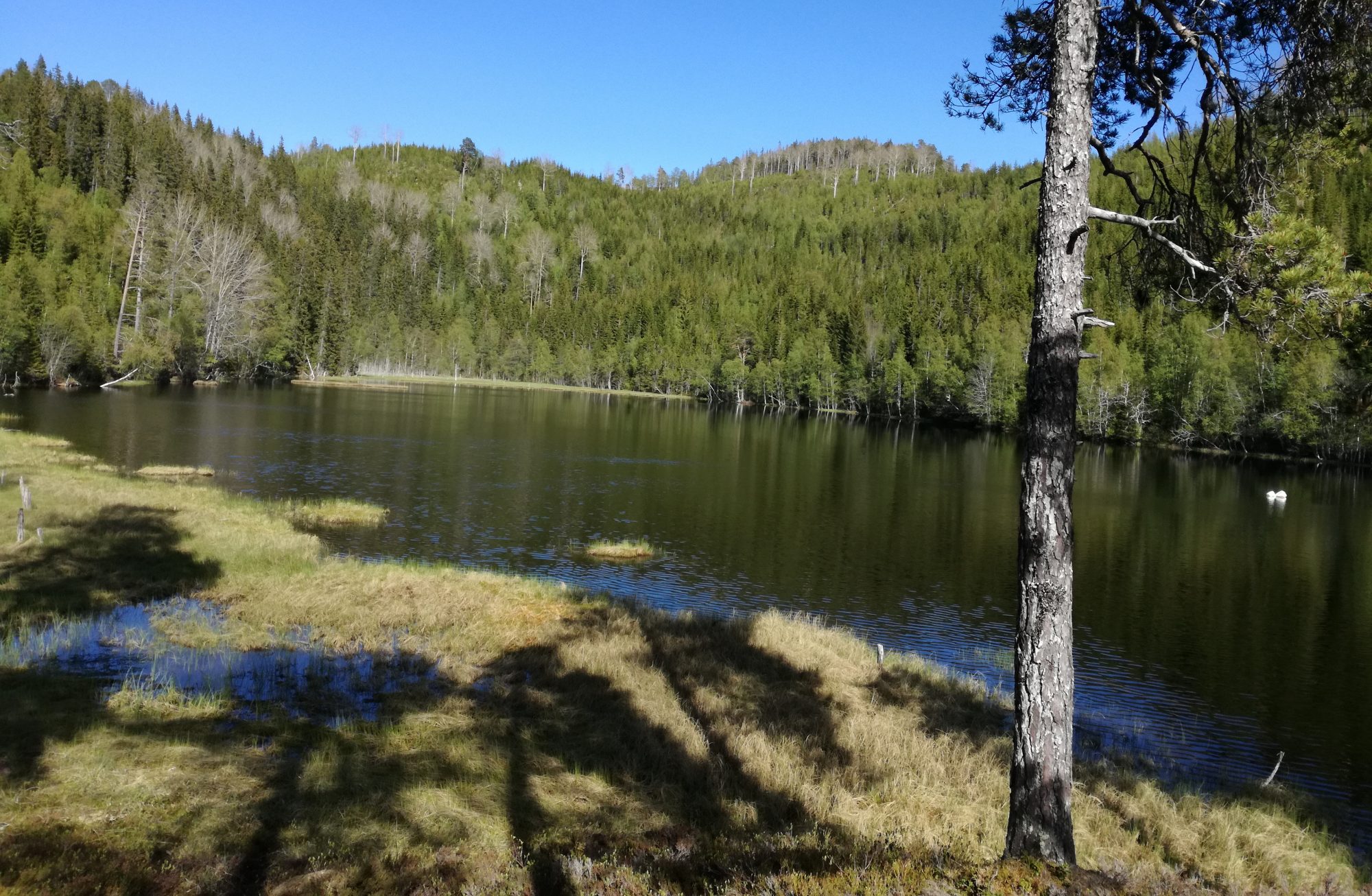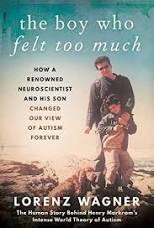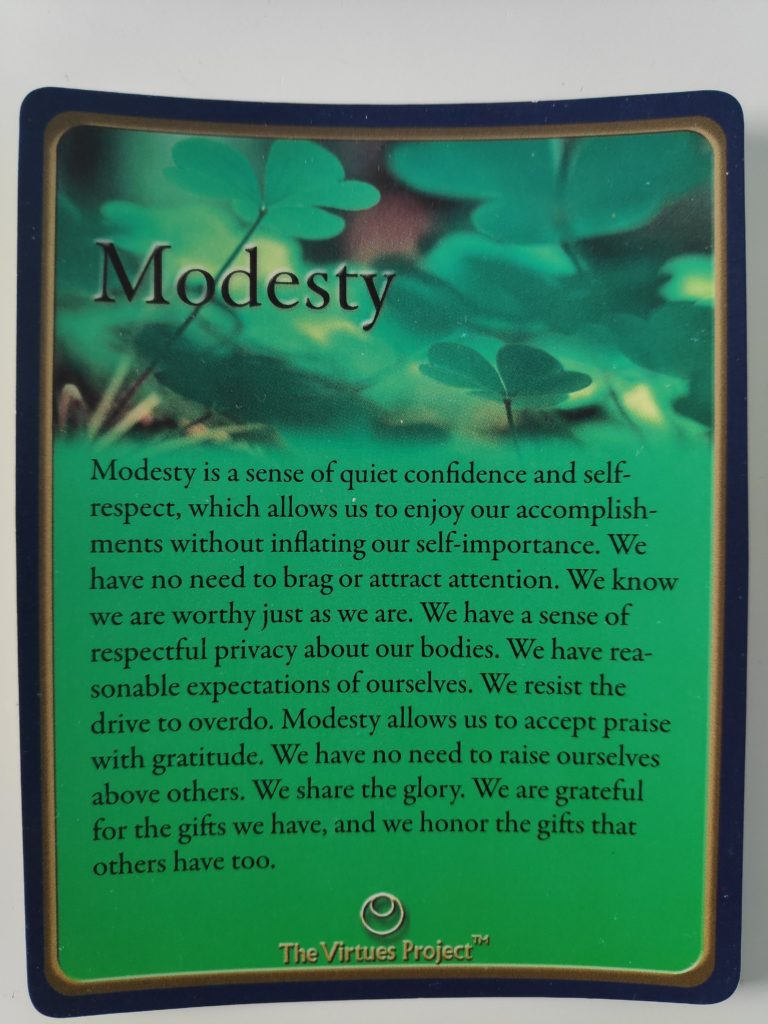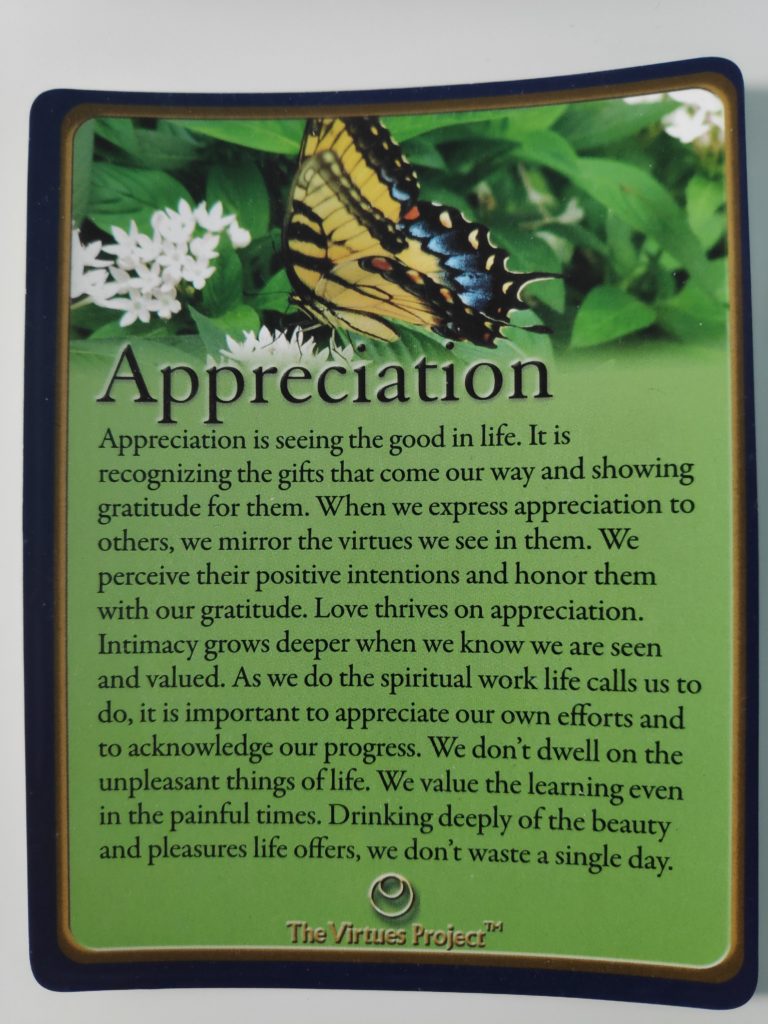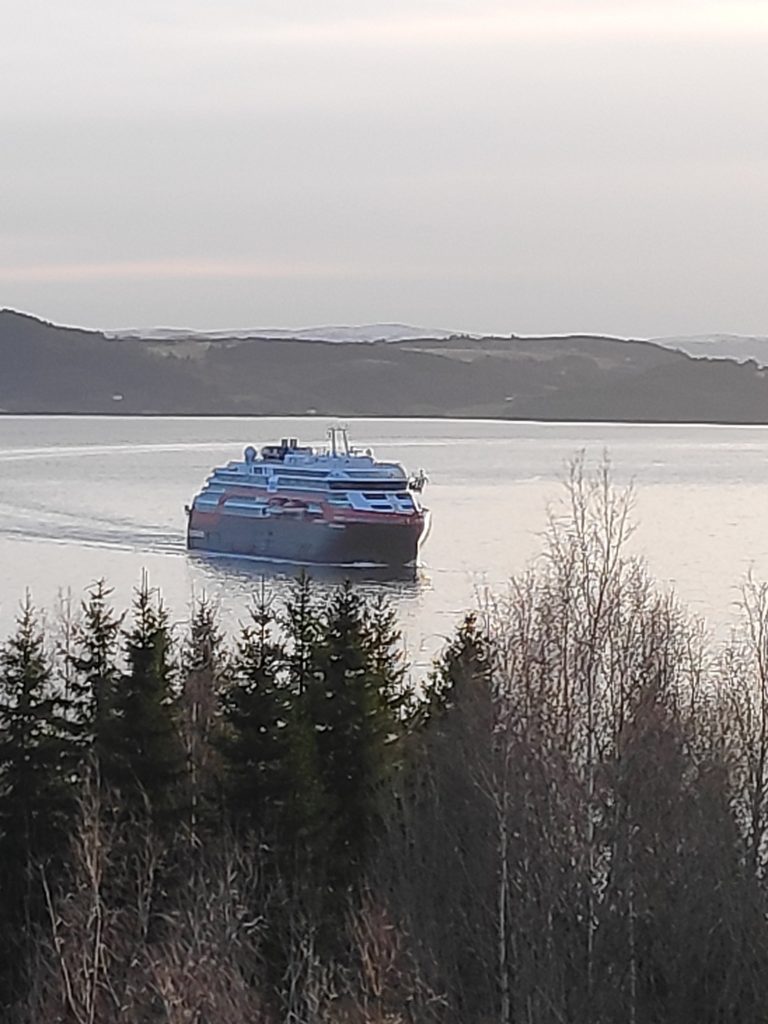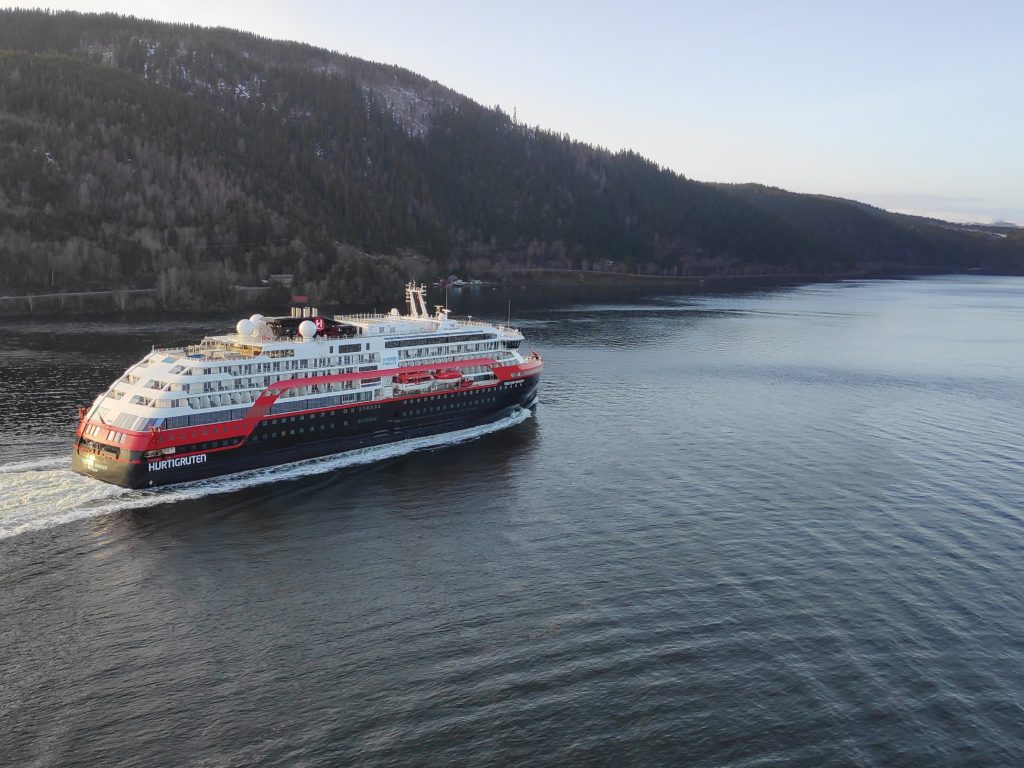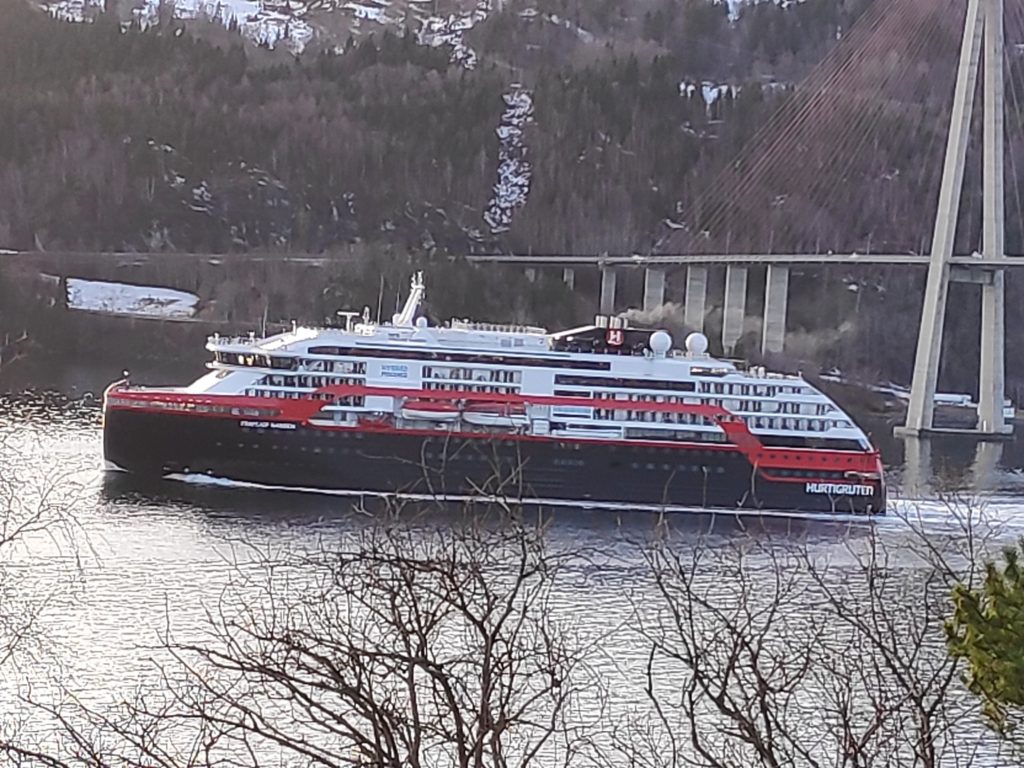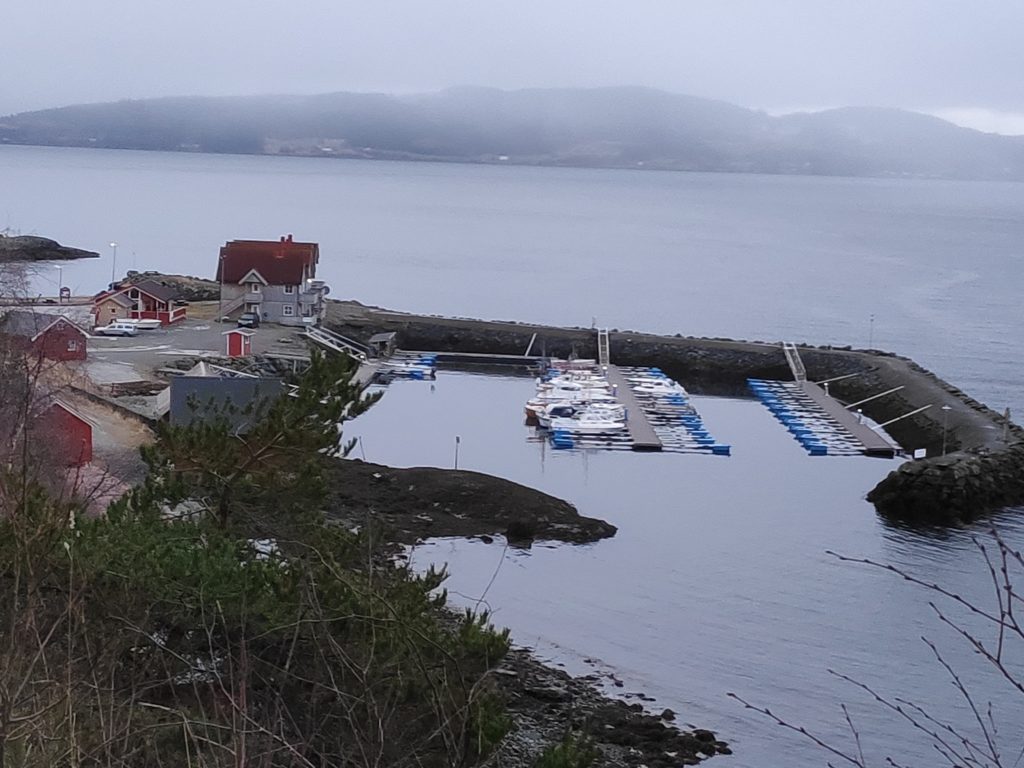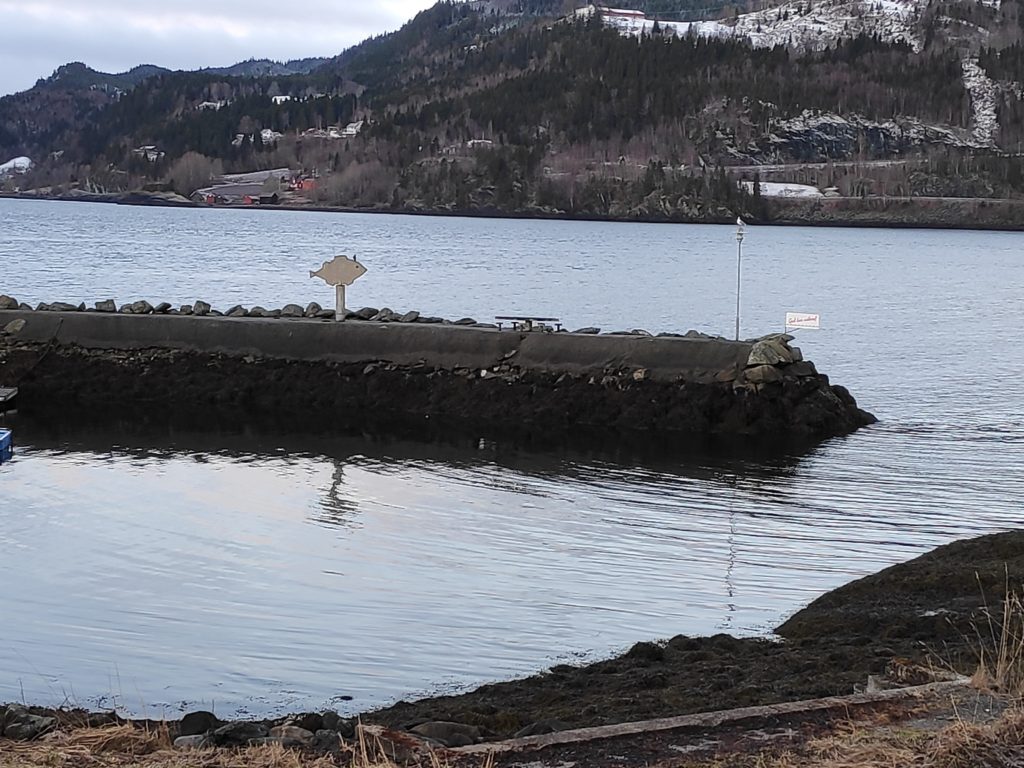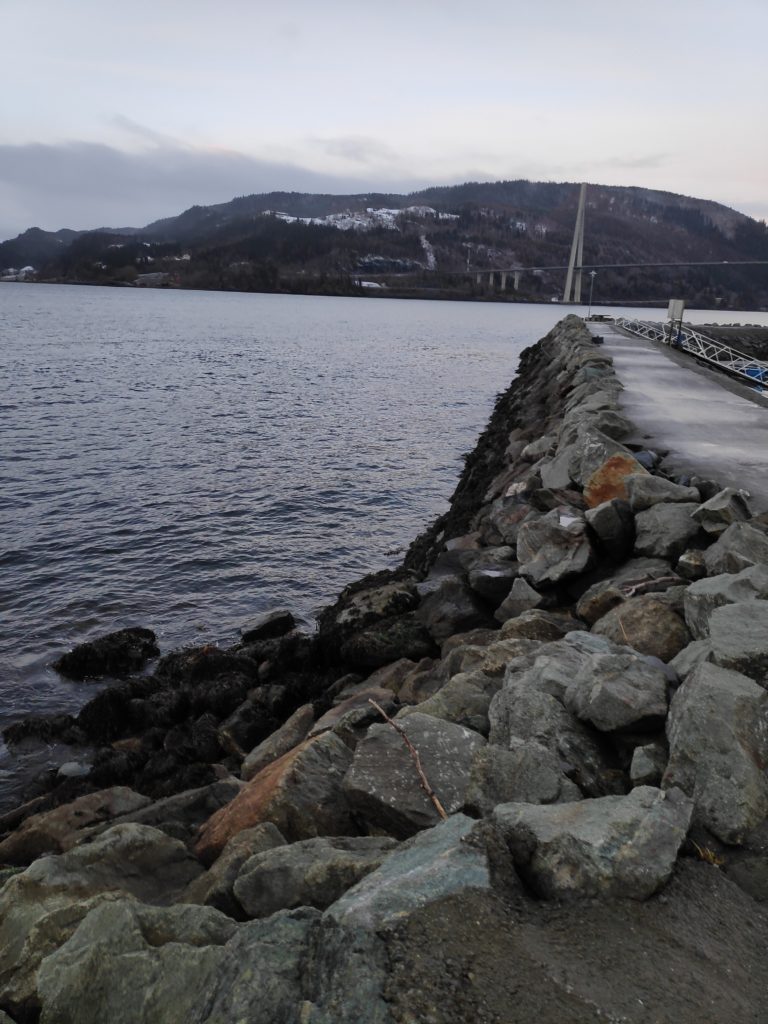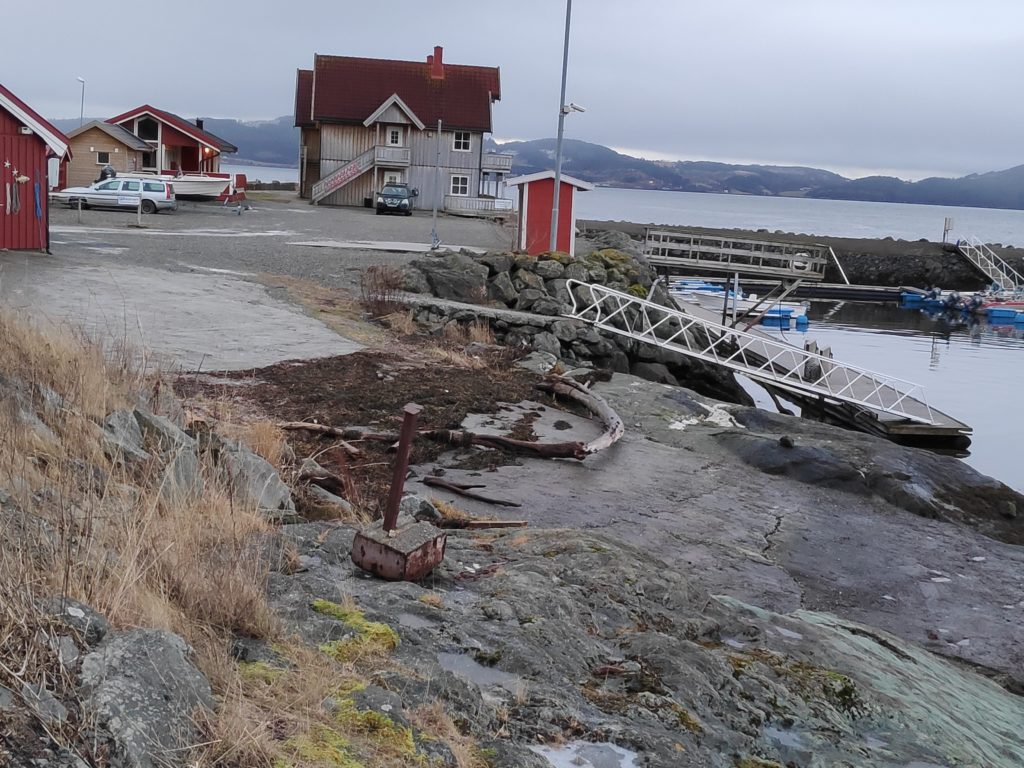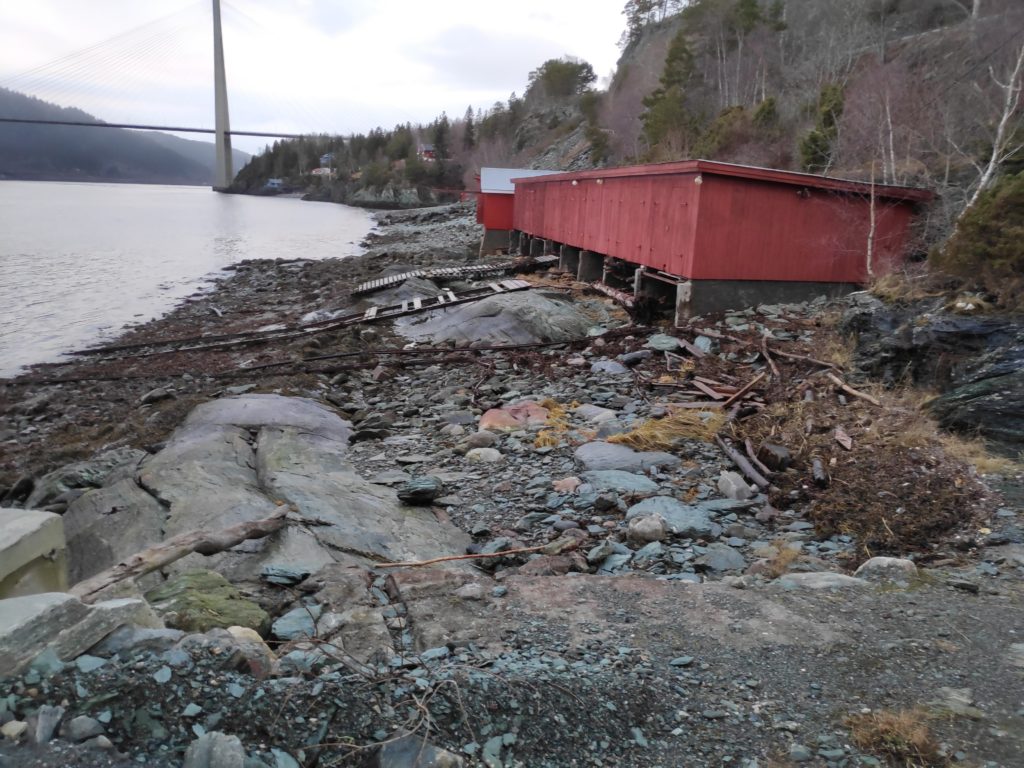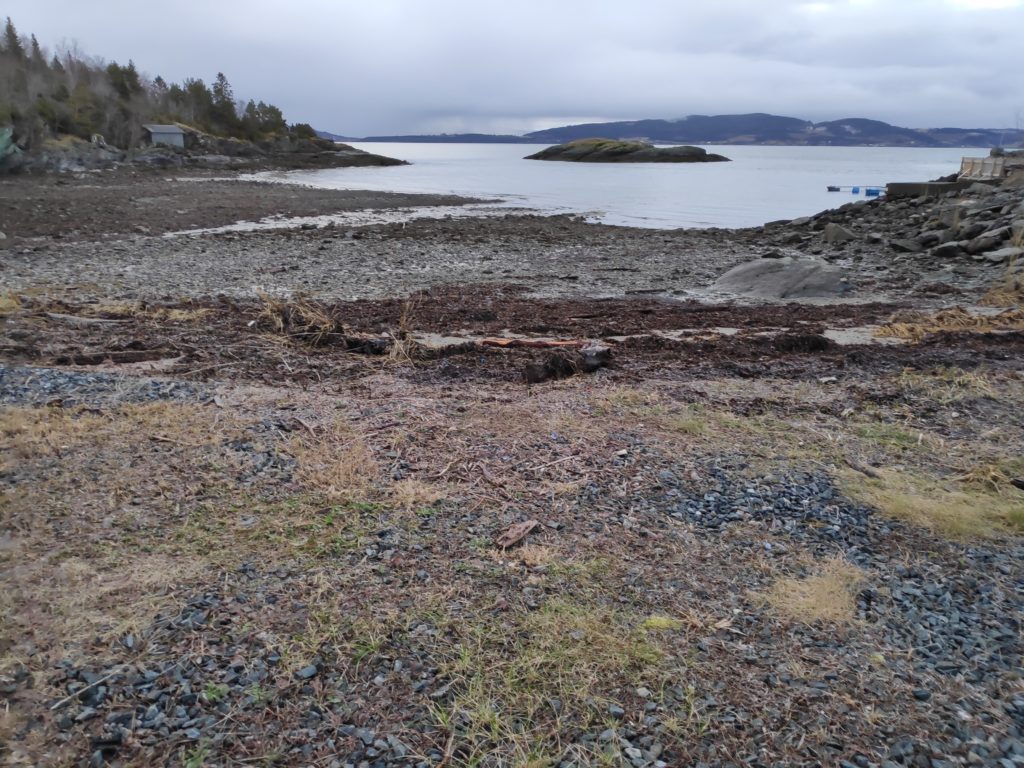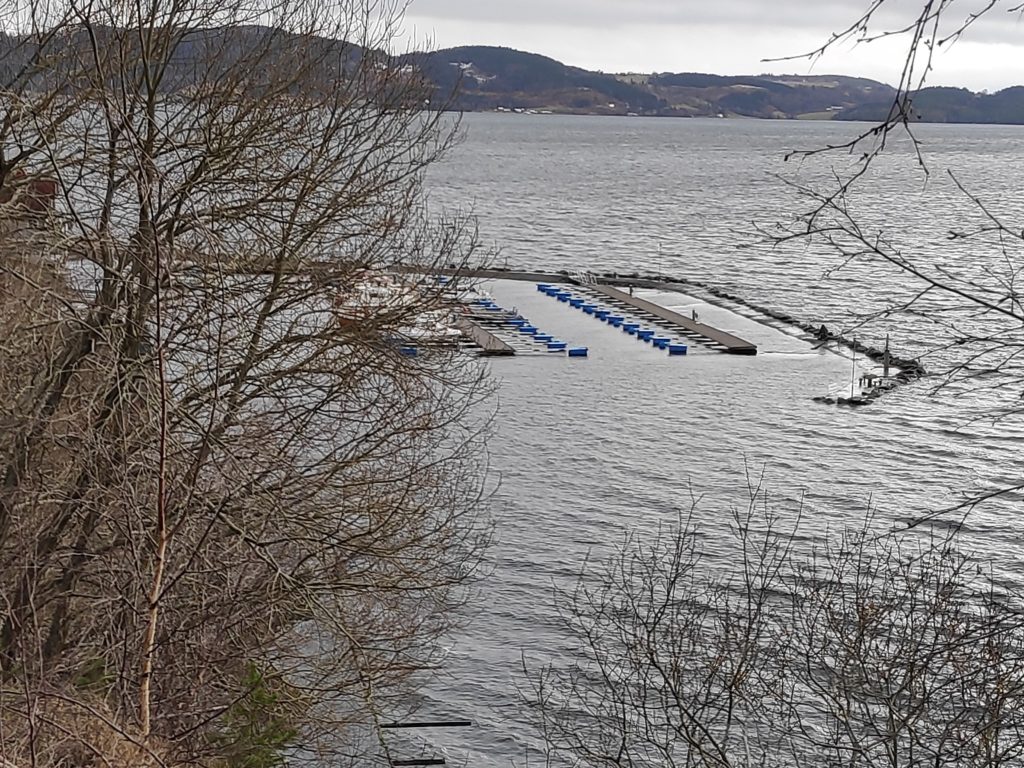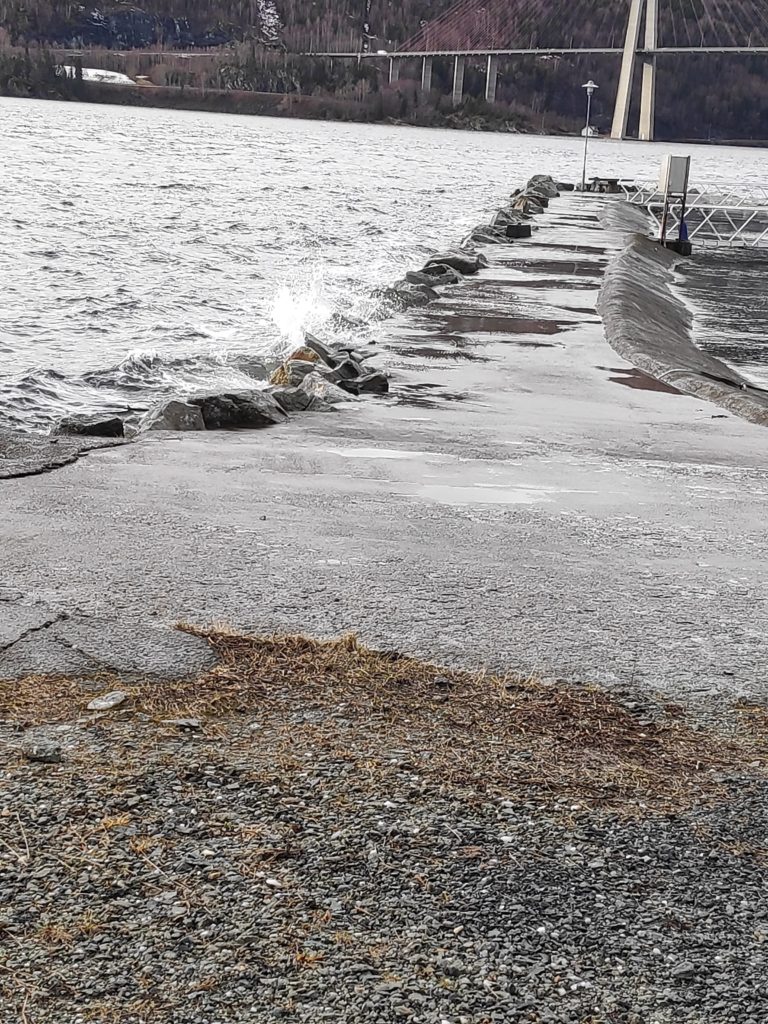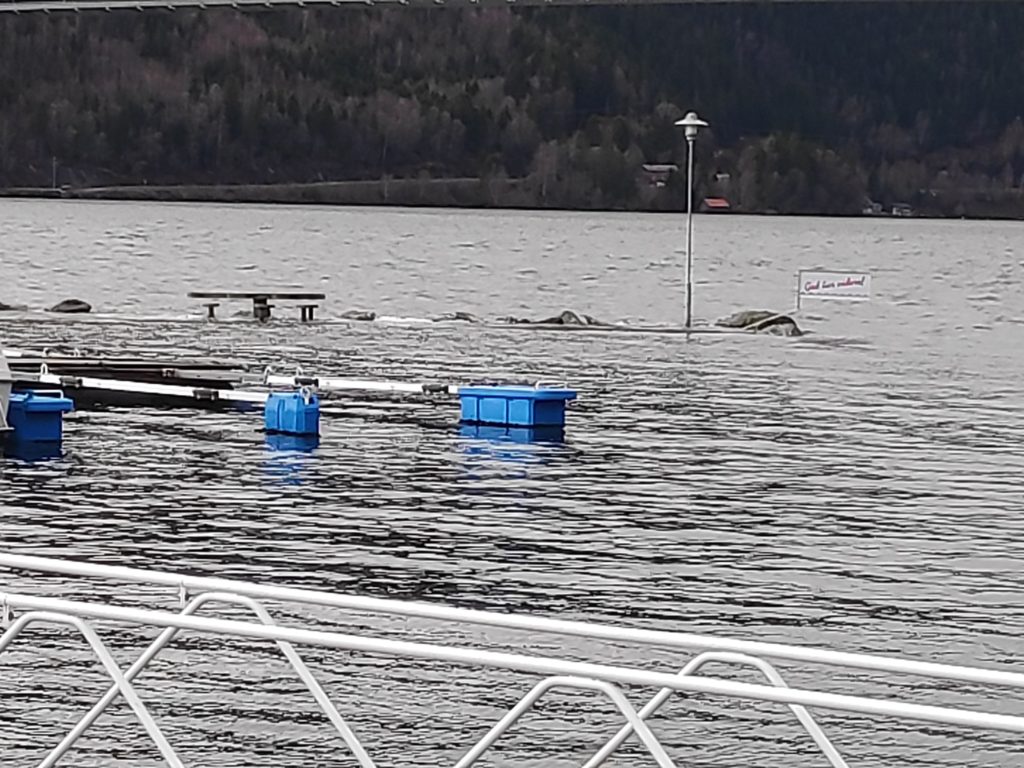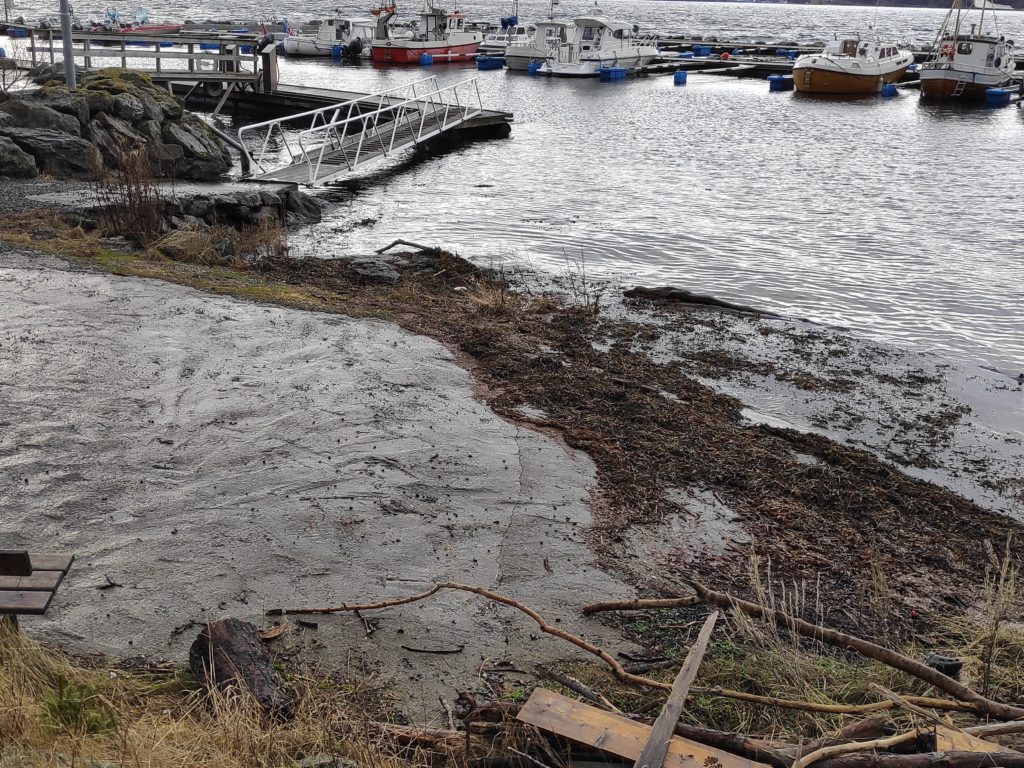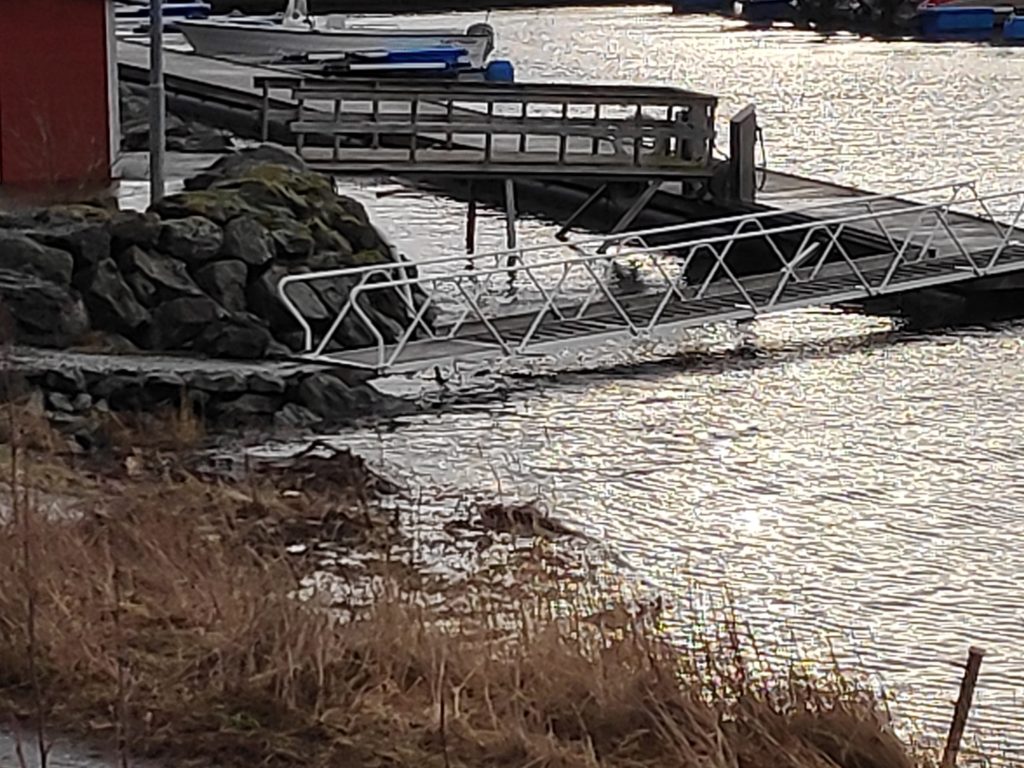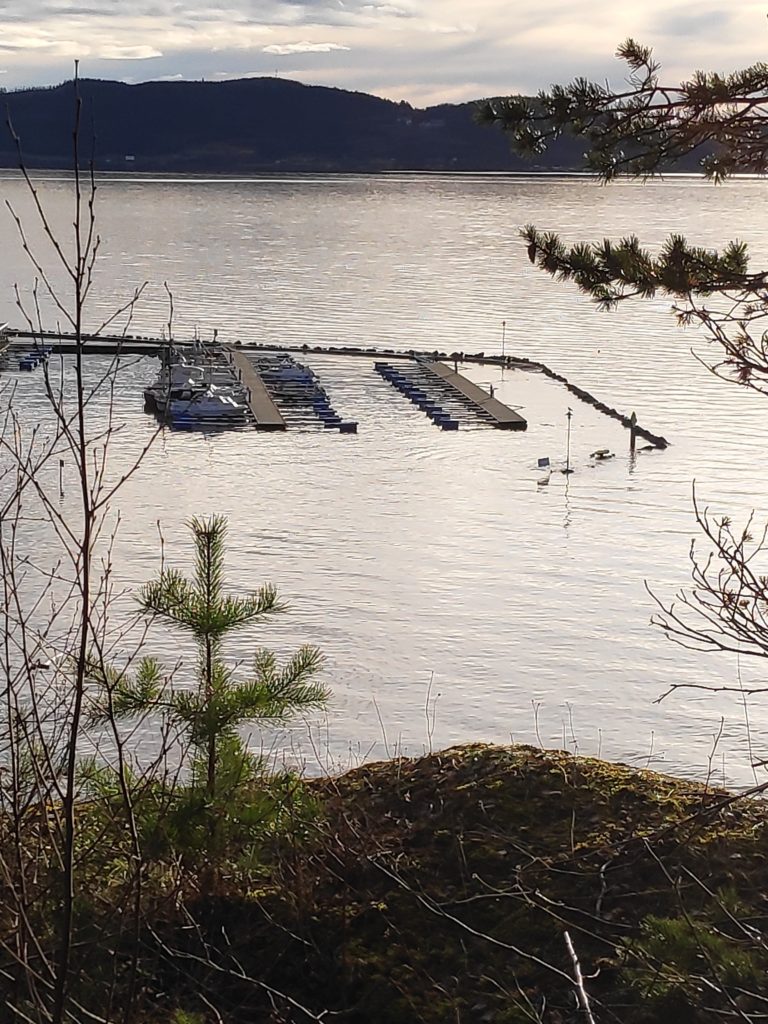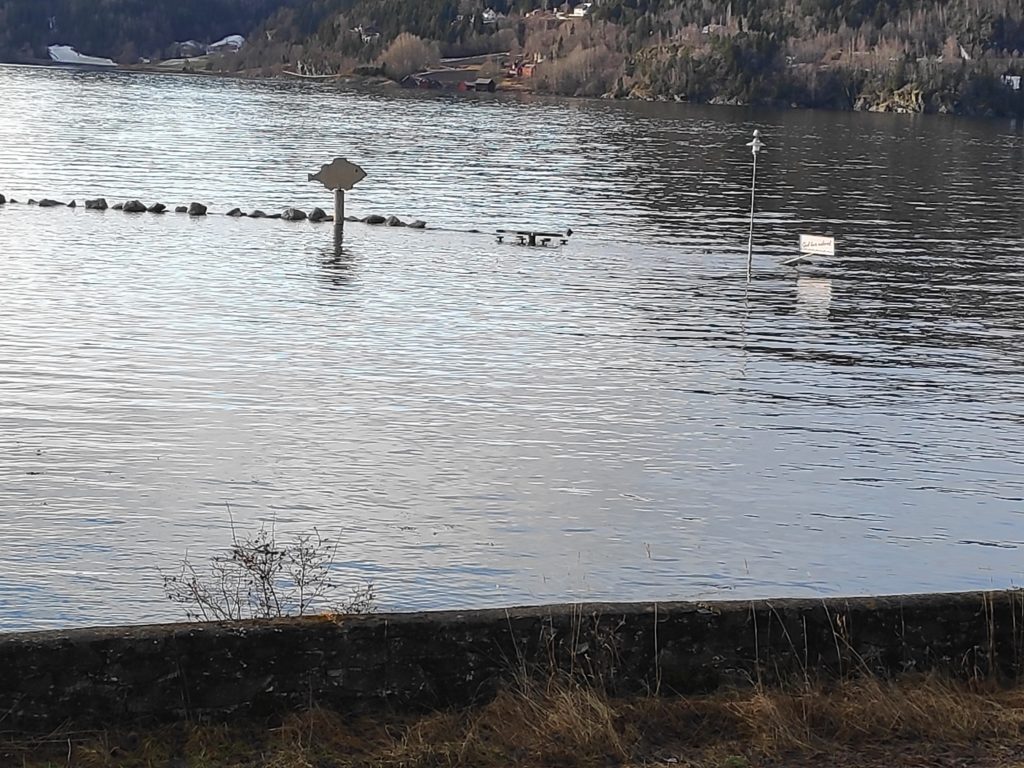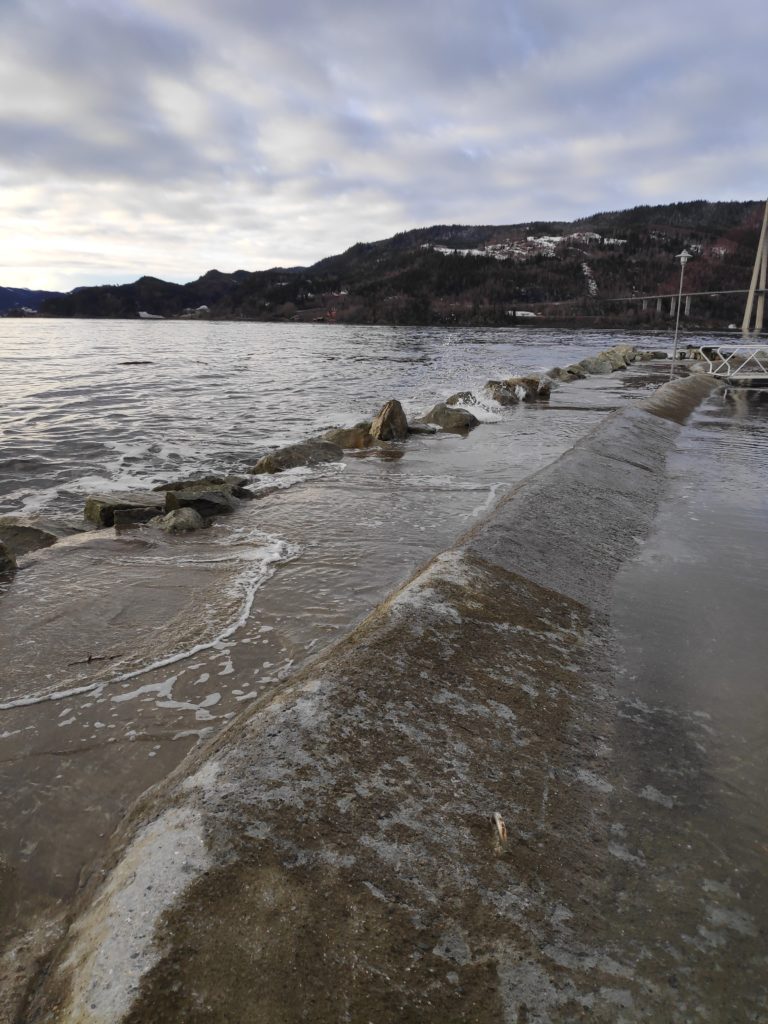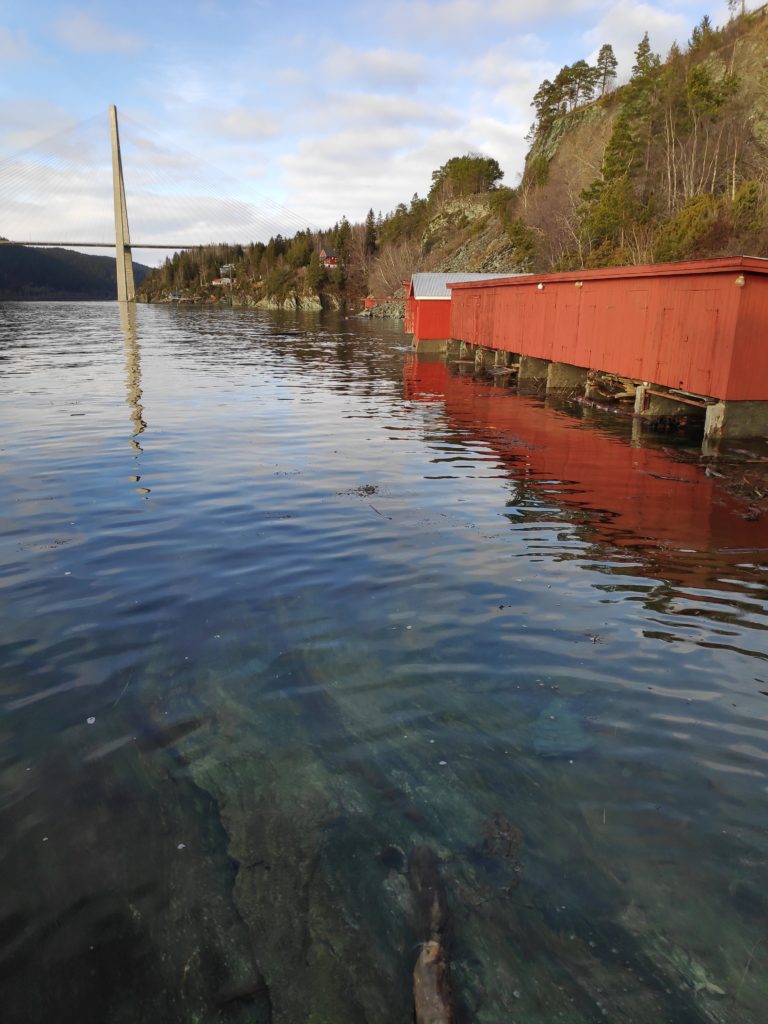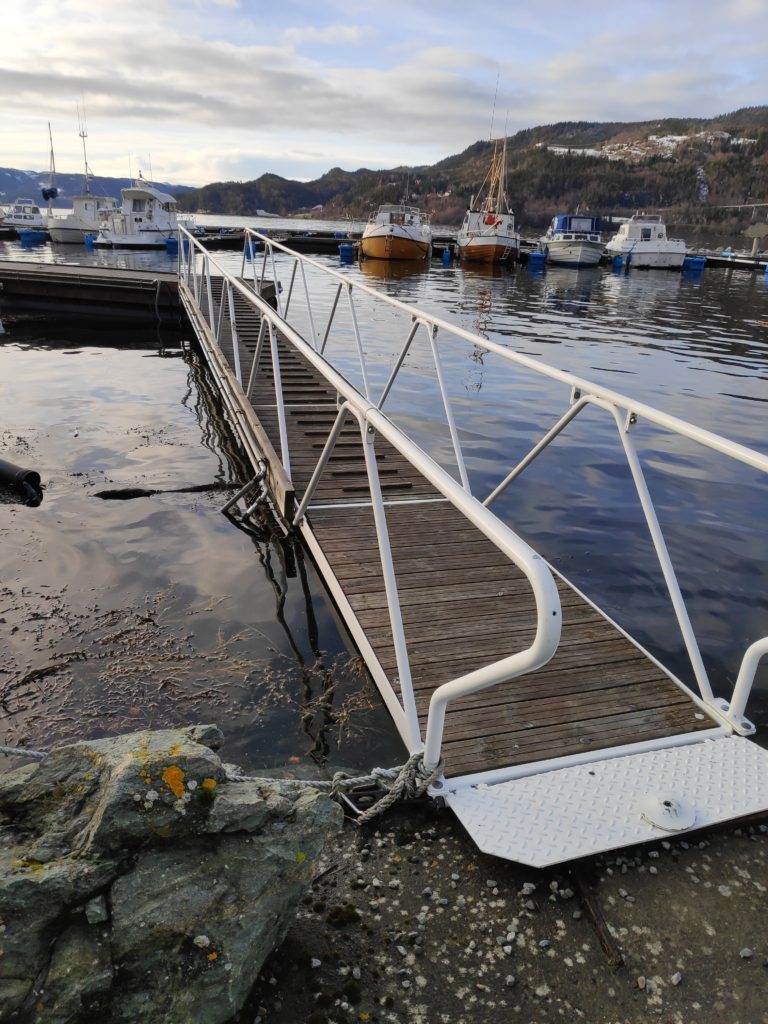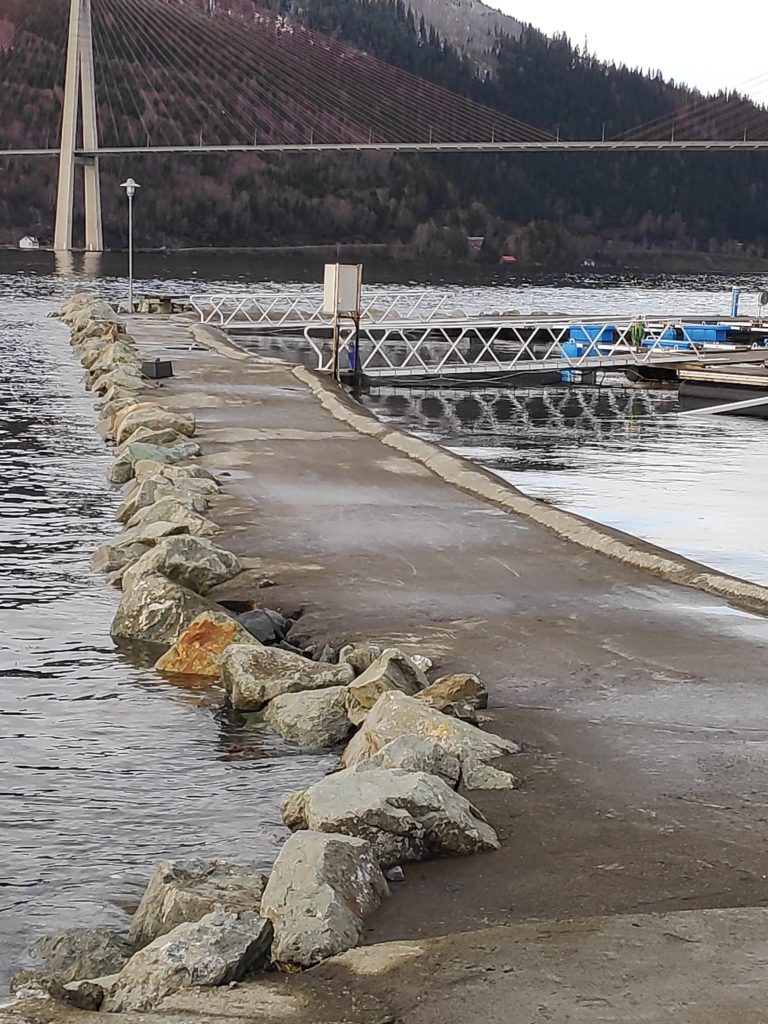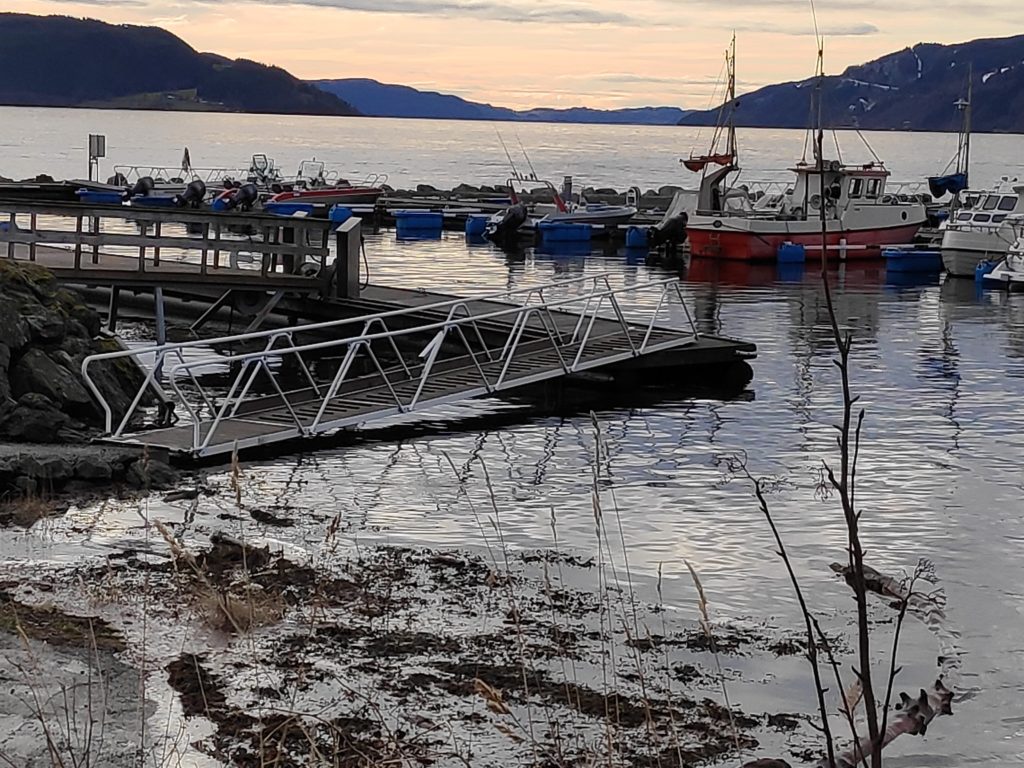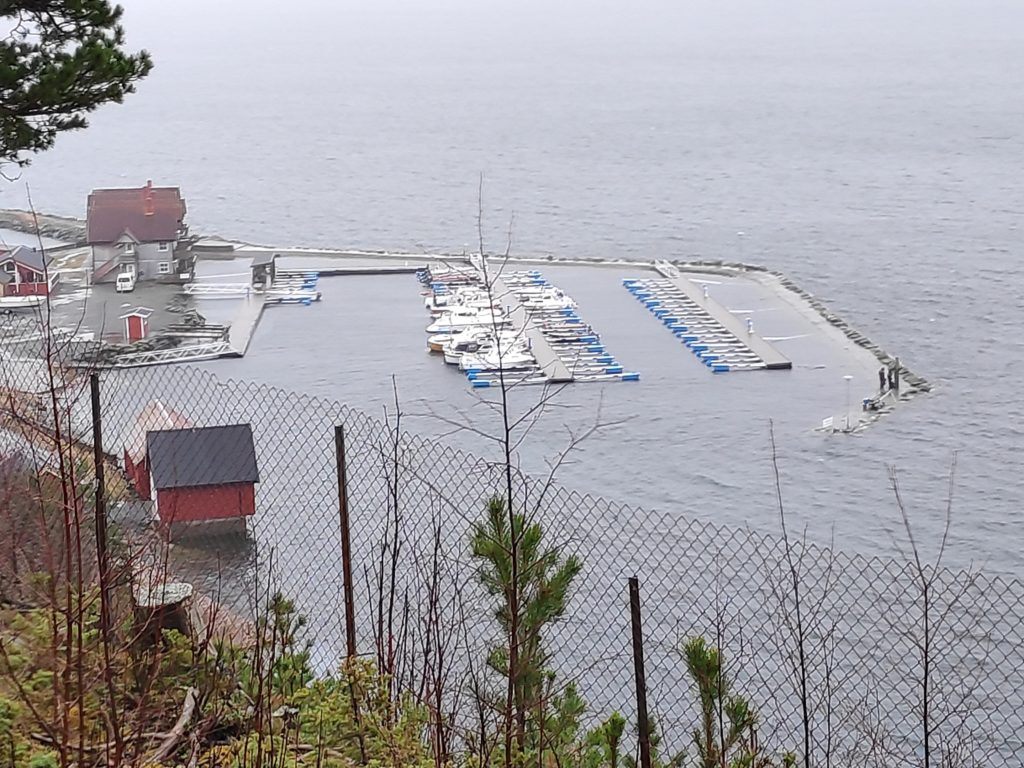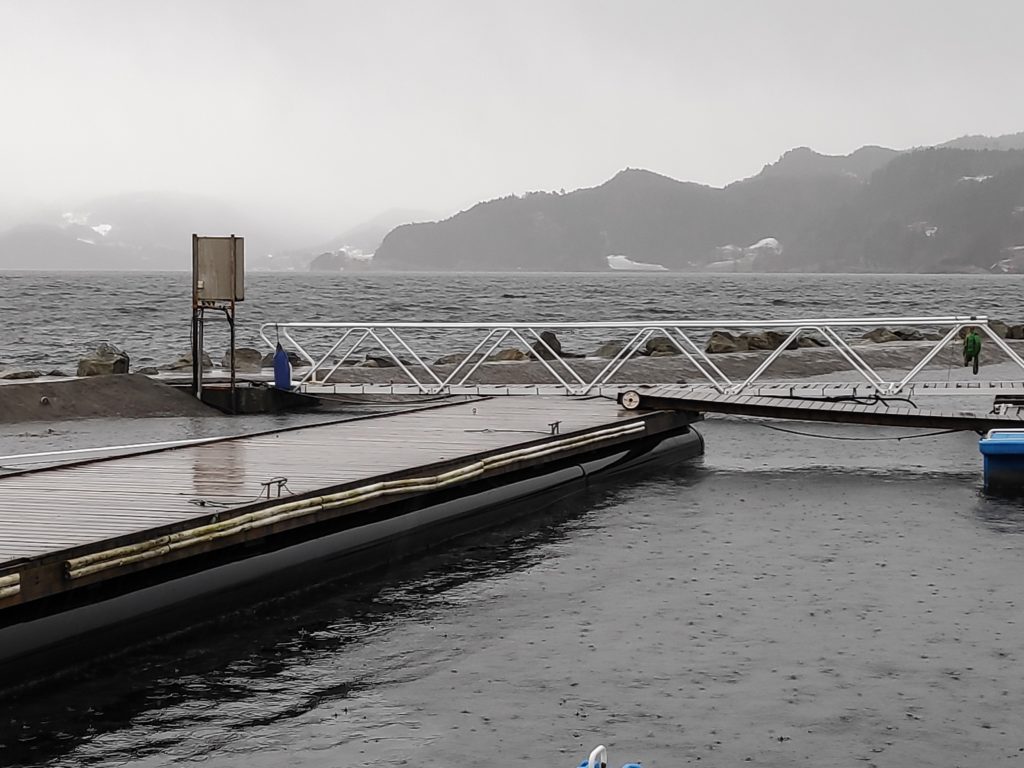Truthfulness is basic for our trust of others and for others to trust us. When we are not sure whether people are telling us the truth, we will have difficulties trusting them in anything. We find out about what is happening in the world through the media, often digital media today. There are many stories of “fake” news, where people are deliberately lying and creating untrue stories. This is not practicing truthfulness.
I remember when my son was six years old, I had first-grade distance learning for him, from the school system in British Columbia. One of the on-going lessons I remember was teaching the difference between fact and fiction. This is a distinction that has to be learned and I’m not sure how well many people have understood this difference.
Many of the stories that we read for relaxation are defined as fiction, in other words it is just a story made up by the author. The people do not really exist, though the stories are often trying to illustrate very human problems and types of people. However, facts are supposed to be truths, something that will be the same today as yesterday. Facts are often expressed using numbers, such as there are 24 hours in the day.
One of the things that I think we have to be more aware of is the difference between “truth” and “opinion”. For example, if I say it is a warm day, that is my opinion and others may or may not agree with me. Someone else may be wearing a toque or gloves, while I am happy in a t-shirt. On the other hand, if I say that the temperature is 13 degrees centigrade, then I am trying to give a measurable fact, and others can interpret whether they think it is warm or cool.
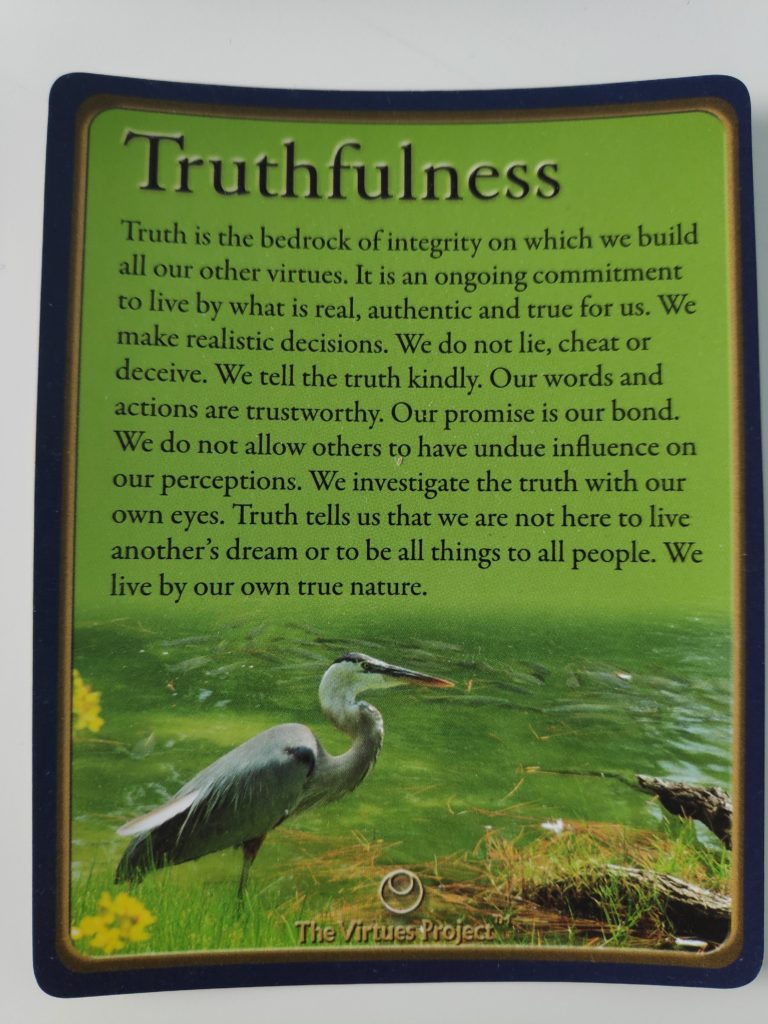
“Truth is the bedrock of integrity on which we build all our other virtues. It is an ongoing commitment to live by what is real, authentic and true for us. We make realistic decisions. We do not lie, cheat or deceive. We tell the truth kindly. Our words and actions are trustworthy. Our promise is our bond. We do not allow others to have undue influence on our perceptions. We investigate the truth with our own eyes. Truth tells us that we are not here to live another’s dream or to be all things to all people. We live by our own true nature.”
When I practice Truthfulness, I:
- speak only the truth
- have no need to impress or deceive others
- use discernment to make good decisions
- tell the truth with kindness and tact
- investigate the truth for myself
- know I am enough.
